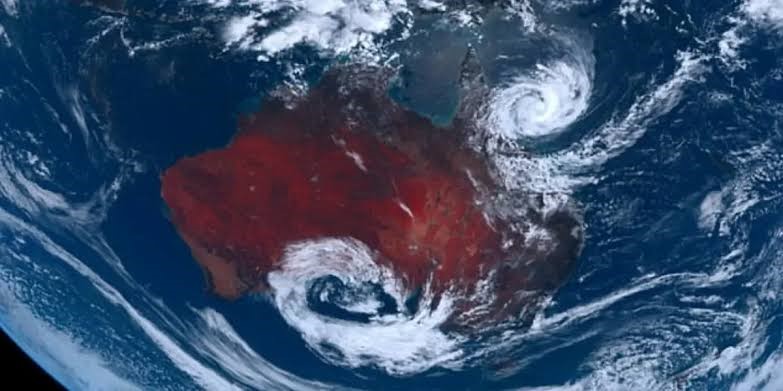Free Courses Sale ends Soon, Get It Now


Free Courses Sale ends Soon, Get It Now



Disclaimer: Copyright infringement not intended.
Context
About Cyclone Jasper
What is a cyclone?
What are extra tropical cyclones?
What are tropical cyclones?
How do cyclones form?
|
PRACTICE QUESTION Q) Which of the following statements about cyclones is correct? A) Cyclones are weather systems characterized by high atmospheric pressure at their centre. B) Cyclones are most commonly associated with Polar Regions. C) The Saffir-Simpson Hurricane Wind Scale is used to classify cyclones based on their rainfall intensity. D) Cyclones form from tropical disturbances and undergo stages such as tropical depression and tropical storm before becoming a mature cyclone. Answer: D |
© 2024 iasgyan. All right reserved